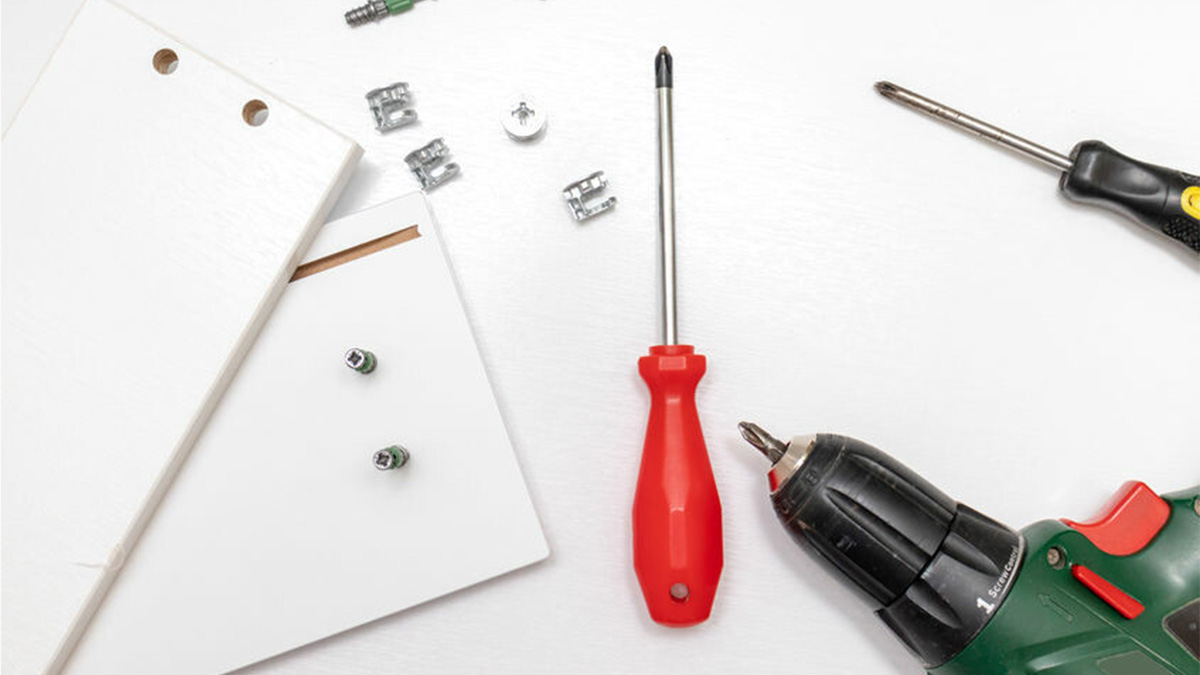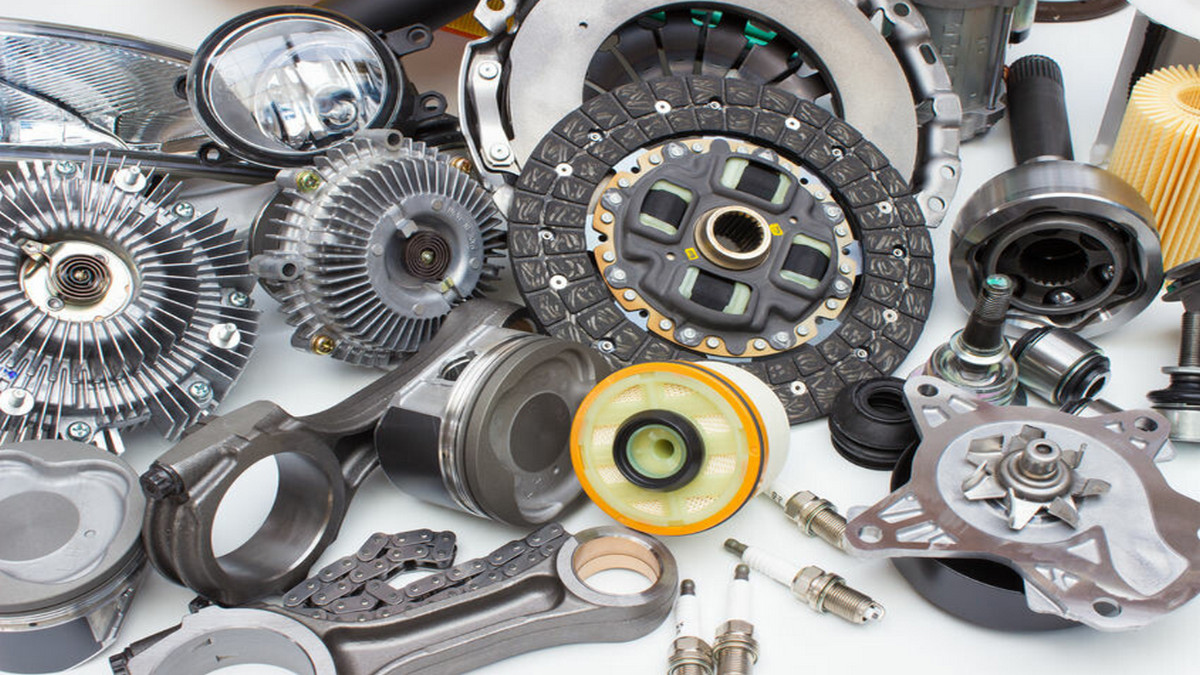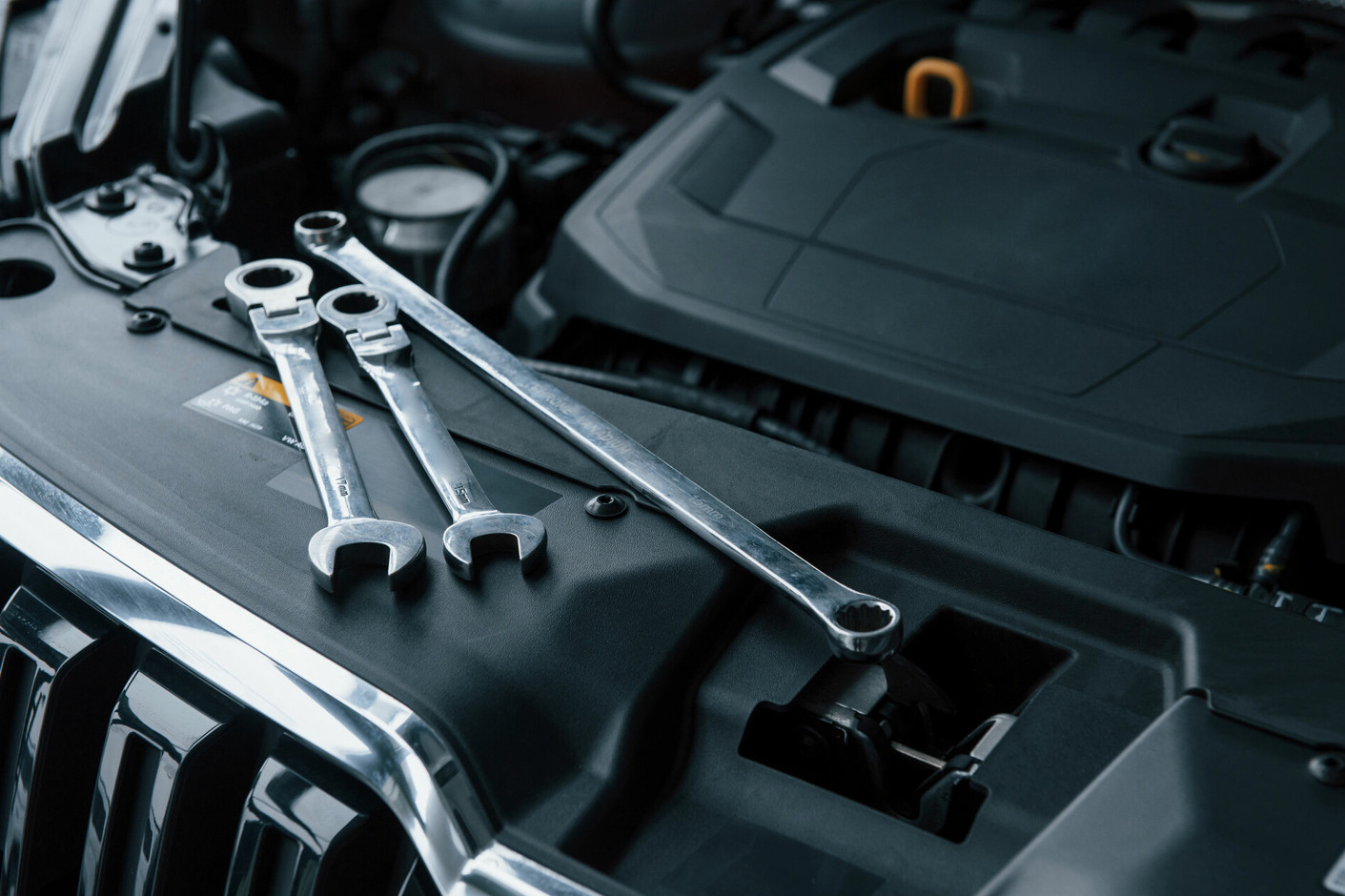Quick Die Change (SMED), or 10-minute die change, is a set of useful techniques for dealing with multiple batches of small quantities and improving the rapid response capability of the production system and is a type of lean production method. The point is to convert internal jobs to external job conversions as much as possible.
What is Quick Die Change Technology?
Quick mold change is a process improvement method that minimizes product changeover time, production start-up time, or adjustment time of the mold. The time required to install the machine, and set up the mold change can be significantly reduced.
Quick mold change is a process improvement method that minimizes the product mold change time, production start-up time, or adjustment time of plastic molds using industrial engineering. The quick die change system includes a combination of a die transfer arm, die clamp, die lifter, operation box, and power pump. Through the combination of automated equipment, the product changeover time, production start-up time, or adjustment time of the mold can be minimized. Users can quickly change the mold and clamp the mold, reduce the mold change time, produce a variety of small quantities, and reduce inventory and output. With the improvement of quality, the reduction of labor costs, the complete reduction of mold change time, and the direct benefits.
Quick Die Change is a team-based work improvement method that can significantly reduce the time required to set up a machine and set up a die change. Quickly switch to the next production process. The quick-change method also means that the quick-change method can and is often used to start a program and make it run quickly, and in a state of minimal waste.
- Mold change: Any machine or production line must be stopped due to product replacement to perform replacement actions, also known as the setting.
- Mold change time: The time when the machine or production line stops production due to the mold change action, that is, the interval between the last qualified part of the previous batch and the first qualified part of the next batch.
- In-line mold change (in-line operation): Refers to the mold change action that can only be carried out when the machine stops production. Also known as internal preparation.
- Off-line operation (outside operation): Refers to the mold changing action that the machine can still carry out during production operation, also known as external preparation.
What are the benefits of the Quick Die Change System?
Manufacturers related to injection machines, die-casting machines, punching machines, and hydraulic presses can obtain a lot of positive benefits at all levels of the manufacturing process. After introducing a digitally managed quick-change system, the most direct feeling is that there is no more benefit than greatly shortening the mold change time. In addition, the quick mold change system can also effectively help the machine to reduce idle time, improve machine utilization rate, and can accelerate the process efficiency of each machine, and reduce safety inventory in a small number of diverse production strategies.
- Automation.
- Just press the operation button on the operation panel.
- The clamping force is the same. Safely increase.
- If the operation panel is used, the on-site personnel can not only save manpower but also reduce the incidence of industrial safety accidents.
- There is a safety warning function, when there is a problem, the machine will automatically stop.
Several quick die change systems: SMED, QDCS, and QMCS
- SMED (Single Minute Exchange of Die):
SMED is a fast and efficient switching method. It is a useful technology for multiple batches of small quantities, reducing inventory, and improving the rapid response capability of production systems. It was first used in automobile manufacturing plants to achieve rapid mold switching. The SMED method is used to decompose the entire mold change process and optimize the mold change height of the related molds that affect the mold change process. After repeated optimization and testing, the mold replacement time is greatly shortened and the mold change efficiency is improved. The quick mold change system is a complete product system composed of related equipment derived from the technology of the quick mold change method, including QMCS and QDCS, which are used in different fields.
- QMCS (Quick Mold Change System):
Mold is a mold (male mold and female mold), and the molten raw material is injected into the hollow cavity between the male mold and the female mold. When the high-temperature liquid cools and solidifies, separate the male mold and the female mold to obtain the desired product. Therefore, QMCS usually refers to the rapid mold change system for plastic injection machines or the rapid mold change system for die casting machines.
- QDCS (Quick Die Change System):
Die, also known as die (upper die and lower die), uses gravity or oil pressure to make the upper and lower dies approach each other quickly, directly punch, forge, or extrude metal sheets, and press out the shape, size, and size between the upper and lower dies. So QMCS is usually a quick die change system for plastic injection machines or a quick die change system for stamping/forging dies.
Simply put, it is called QDCS when stamping, and QMCS is used when plastic injection/die casting.
Basic steps of SMED:
- Step 1: Observe the current process.
- Step 2: Distinguish between internal preparation time and external preparation time.
- Step 3: Remove the waste of inner preparation.
- Step 4: Continuous external preparation of internal preparations.
- Step 5: Remove the adjustment.
Basic Laws of SMED:
- Rule 1: Parallel operation, two or more people switch jobs together.
- Rule 2: Do not move your hands or feet, rely mainly on your hands, and reduce the movement and movement of your feet.
- Rule 3: Use special fixtures to improve efficiency.
- Rule 4: It takes time to screw the screws, and other fixing methods can be used.
- Rule 5: Do not remove the bolts and screws, and try to reduce the operation time and simplify the movements where they must be used.
- Rule 6: Don't change benchmarks, it's a waste of time to adjust benchmarks.
- Rule 7: Be prepared.
- Rule 8: Simplify if you can.
The special mold change system can save more than 90% of the time compared with the traditional mold change method, greatly improve the utilization rate of the machine, and standardize the maintenance operation to ensure the safety of the staff. In the face of changes in labor conditions and industrial structure, the use of a special die-changing system for punch presses has become an important core of automated production enterprises.














